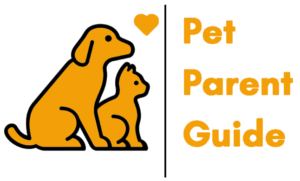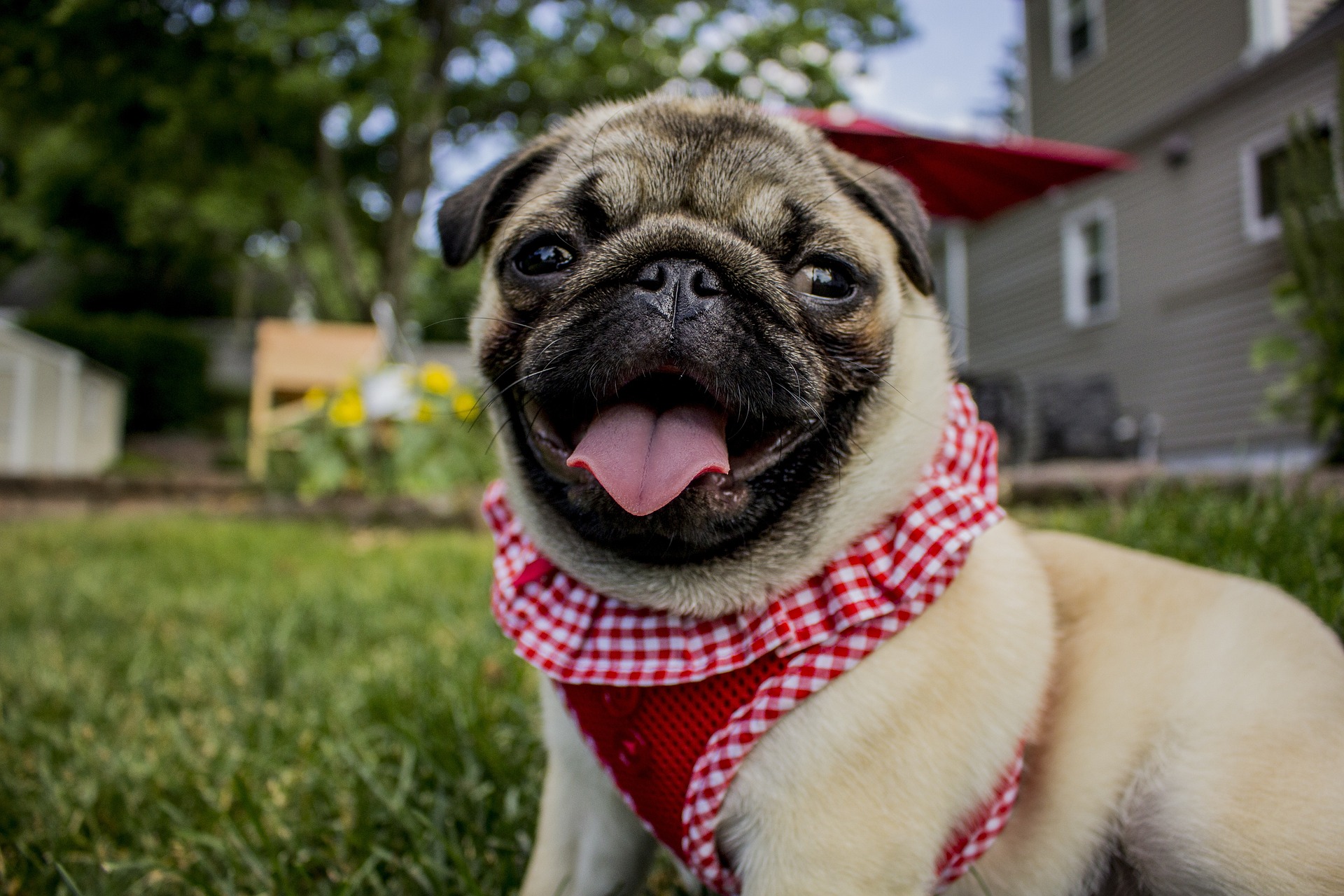
Dating back over 2,000 years, pugs have a rich heritage that originated in ancient China. Emperors adored these furry companions and believed they brought good luck and protected against evil spirits. Pugs eventually made their way to Europe in the 16th century, where they quickly became popular among nobility and royals. They even caught the eye of Queen Victoria, who established the first English Pug Club in the 19th century. Today, pugs continue to steal the spotlight with their distinct wrinkly faces and playful personalities. They’ve come a long way from their imperial origins, becoming cherished pets in households around the world.
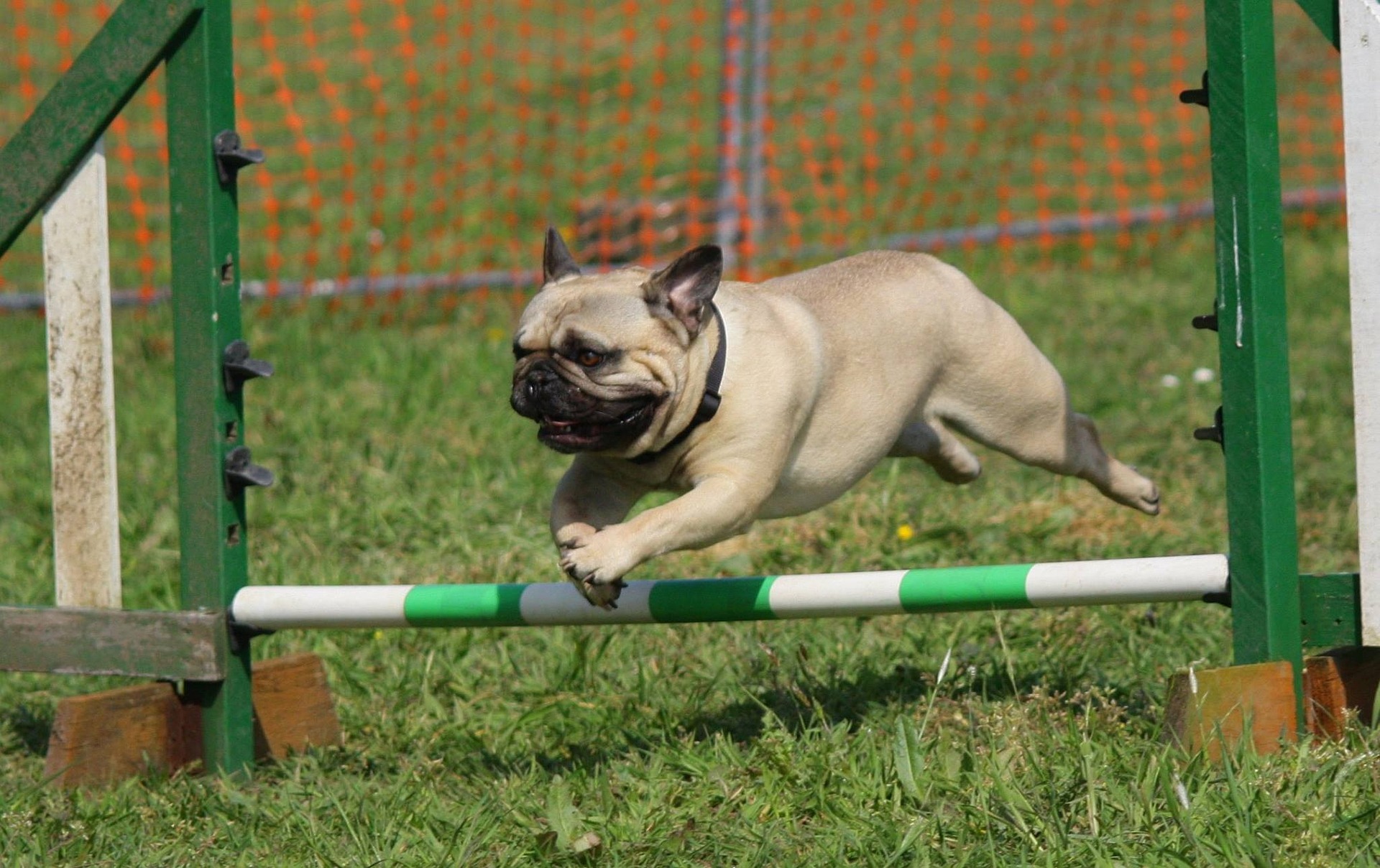
Fun Pug Facts
What Do They prey On? none | What Are Their Main Threats? Overheating, obesity, respiratory issues |
What Do They Eat? Omnivores | What Is Their Conservation Status? Least concern |
Average Litter Size? 4 to 6 puppies | Where You’ll Find Them? Urban and Suburban Households |
How Much Do They Weigh? 6.3 kg to 8.16 kg (14 lb to 18 lb) | Locations Worldwide |
How Long Are They? N/A | Kingdom Animalia |
How Tall Are They? 9 to 15 in (22-38cm) | Genus Canis |
What Do They Look Like? Wrinkly, compact, cute | Class Mammalia |
Skin type Wrinkled | Family Canidae |
Pug Appearance
These little bundles of cuteness have a distinct look that is hard to resist. With their wrinkled faces, big round eyes, and squished snouts, pugs are undeniably adorable. They have a compact and sturdy build, with a stocky body and a curled tail that adds a touch of whimsy.
Their coats are short and smooth, usually coming in colours like fawn, black, or silver. But it’s their charming wrinkles and expressive facial expressions that truly steal the show. Those wrinkles give them a wise and somewhat comical appearance, making them instantly recognizable and utterly lovable.
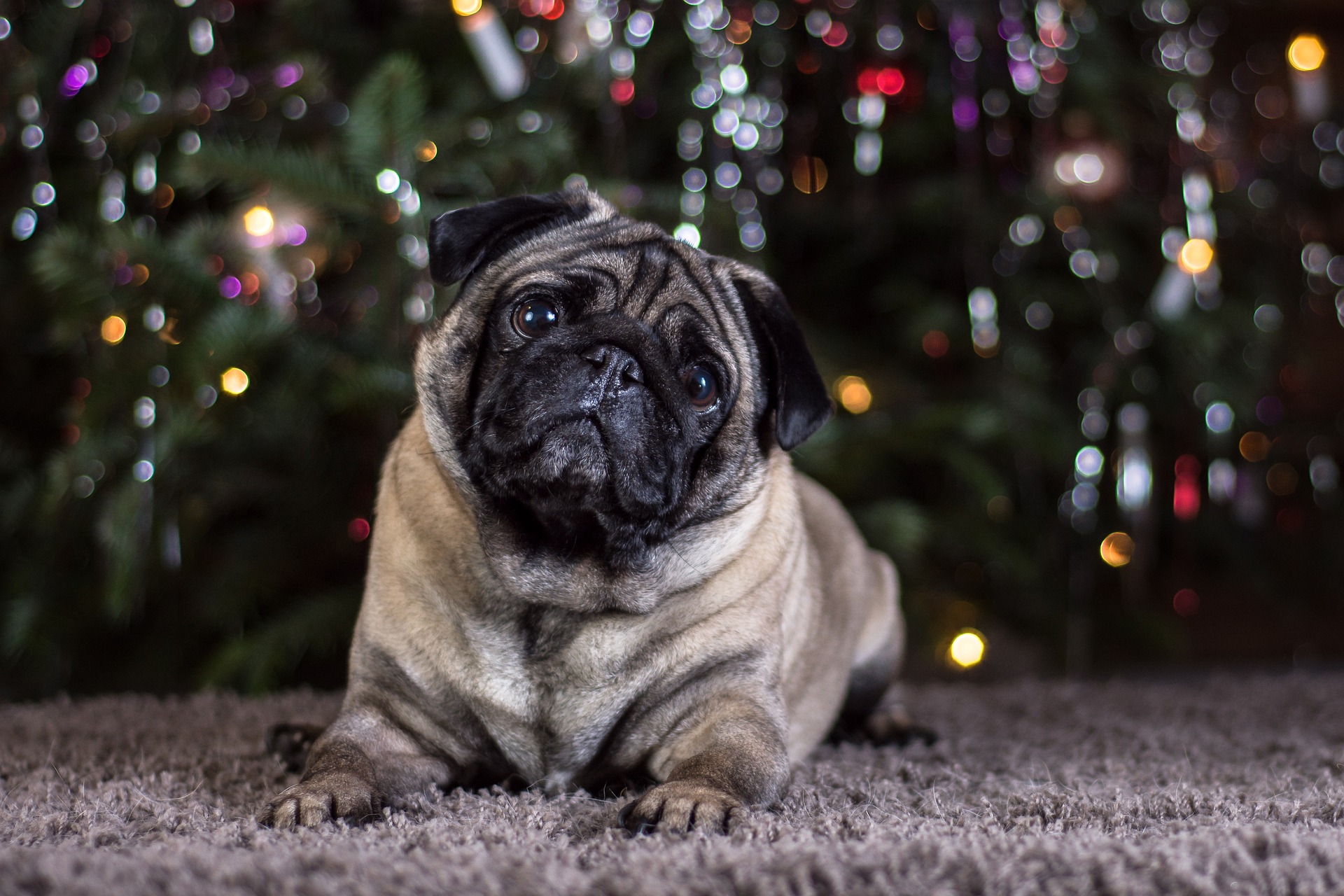
Pug Personality
When it comes to personality, pugs are a bundle of joy! These little dogs are full of charisma and have a knack for making you smile. They’re friendly and sociable, always up for some quality time with their favourite humans. Pugs are known for their playful nature and love to entertain you with their silly antics.
They’re affectionate and thrive on attention, making them great companions for families and individuals alike. Despite their small size, pugs have big heart and a courageous spirit. They’re generally gentle and get along well with other pets. Plus, their easygoing demeanour makes them adaptable to various living situations. Get ready for a lifetime of laughter and love with a pug by your side.
Pug Energy Level
When it comes to energy levels, pugs strike a balance that’s just right. These little pups are not overly hyper, but they’re not couch potatoes either. Pugs have a moderate energy level that suits a variety of lifestyles. They enjoy daily walks and playtime, but they’re not demanding when it comes to exercise.
A couple of short walks and some interactive play sessions usually suffice to keep them happy and healthy. Pugs are content to curl up next to you for a snuggle session or relax in a cosy spot in the house. They’re adaptable and can adjust their activity level to match yours, making them a perfect fit for both active and more laid-back households.
Pug Diet
When it comes to feeding your pug, it’s important to provide them with a balanced and nutritious diet. These little munchkins tend to gain weight, so portion control is key. Opt for high-quality dog food that meets their specific needs, whether it’s puppy, adult, or senior formula.
Pugs can be prone to allergies, so keep an eye out for any food sensitivities and choose a suitable diet. Treats are great for training and rewards but remember not to overdo it. And of course, always make sure your pug has access to fresh water throughout the day. A happy, healthy pug starts with a well-rounded diet!
Pug Exercise
When it comes to exercise, pugs are not marathon runners, but they still need their fair share of physical activity. Daily walks and interactive playtime are essential to keep them happy and healthy. Be mindful of their short snouts, as they can struggle with excessive heat and exercise, so moderate exercise is key.
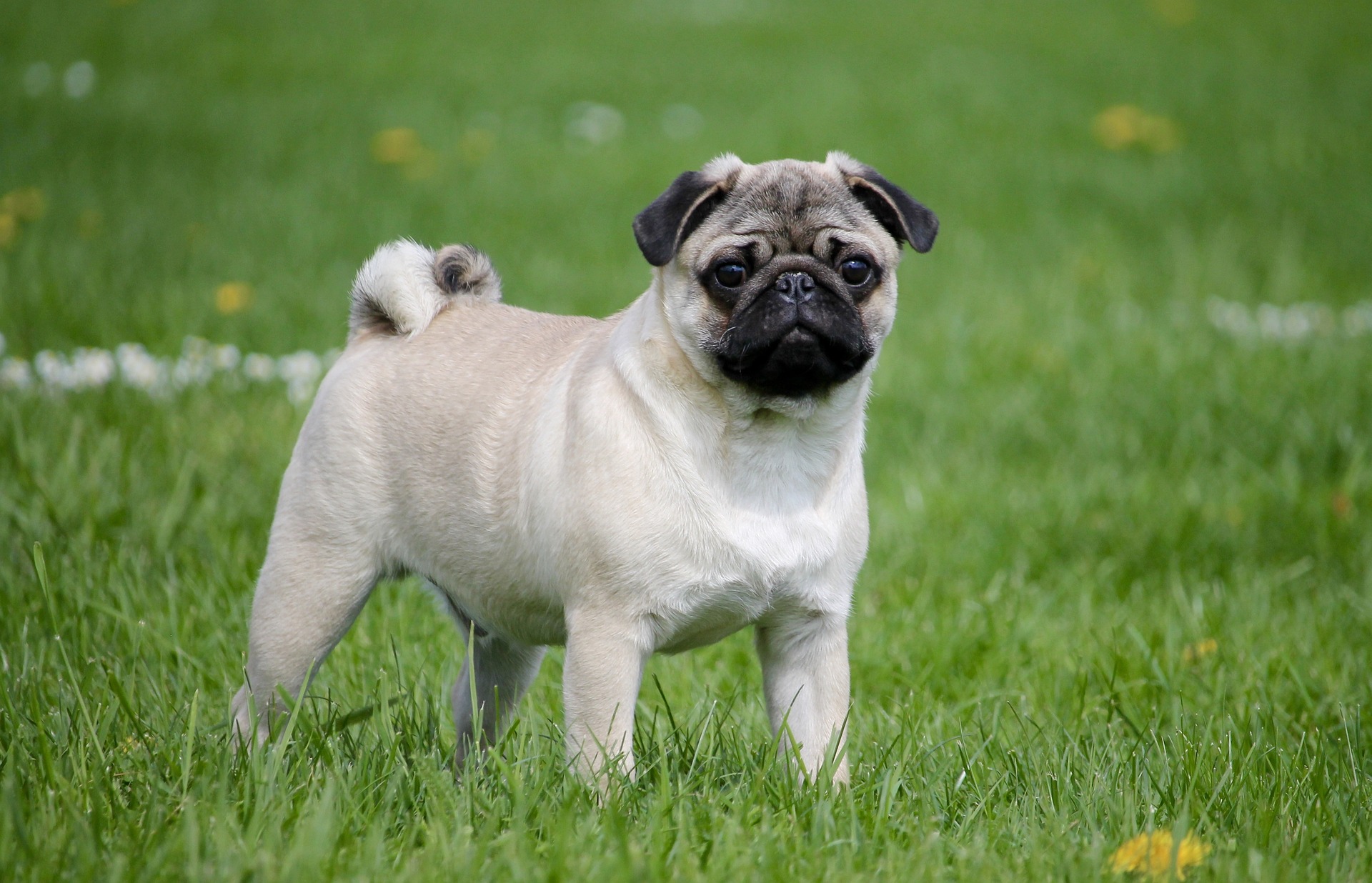
Ideal Environment for a Pug
Creating the ideal environment for your pug is all about providing a comfortable and loving space. Pugs thrive in indoor settings where they can be close to their humans. Their short snouts make them sensitive to extreme temperatures, so keep them in a climate-controlled environment.
Pugs love soft and cosy spots to snooze, so provide them with a comfy bed or blanket. Since they enjoy being around people, make sure they have plenty of social interaction and attention. Finally, a secure backyard or regular access to outdoor areas for bathroom breaks and playtime is essential. Your pug will be one happy camper in their ideal environment!
Ideal Family for a Pug
Finding the ideal family for a pug is like finding a match made in heaven. These adorable dogs make great companions for various types of households. Pugs thrive in families that can provide them with love, attention, and plenty of cuddles. They adore being the centre of attention, so a family that enjoys showering them with affection is a perfect fit.
Pugs also get along well with children and other pets, making them an excellent choice for multi-pet households or families with kids. Since pugs have a moderate energy level, they suit both active families and those who prefer a more laid-back lifestyle. Whether you’re a small family, a large one, or even a single person, a pug will fill your home with joy and unconditional love.

Pug Training
When it comes to training your pug, patience and consistency are key. Pugs are intelligent little dogs, but they can be a bit stubborn at times. Start with basic obedience commands like sit, stay, and come. Use positive reinforcement techniques, such as treats and praise, to motivate and reward your pug.
Keep training sessions short and engaging to hold their attention. Pugs respond well to gentle and consistent guidance, so avoid harsh or forceful methods. With time and practice, your pug will become a well-behaved and happy member of your family.
Pug Grooming
When it comes to grooming your pug, a little effort goes a long way. Their short coats are low maintenance, but they do shed, so regular brushing helps keep things tidy. Clean their wrinkles with a damp cloth to prevent dirt buildup. Trim their nails regularly and keep their ears clean. Oh, and don’t forget dental care! Brush their teeth to keep those adorable smushy faces healthy and fresh. With a bit of grooming love, your pug will be looking and feeling their best, ready to steal hearts wherever they go!
Pug Health
Taking care of your pug’s health is essential for their well-being. Pugs are prone to certain health issues, so regular vet check-ups are a must. Keep an eye out for respiratory problems, obesity, and allergies. Be mindful of their short snouts, as they can overheat easily.
Maintaining a balanced diet, providing regular exercise, and keeping up with grooming and dental care are all important for their overall health. With proper care and attention, you can help your pug live a happy and healthy life by your side.
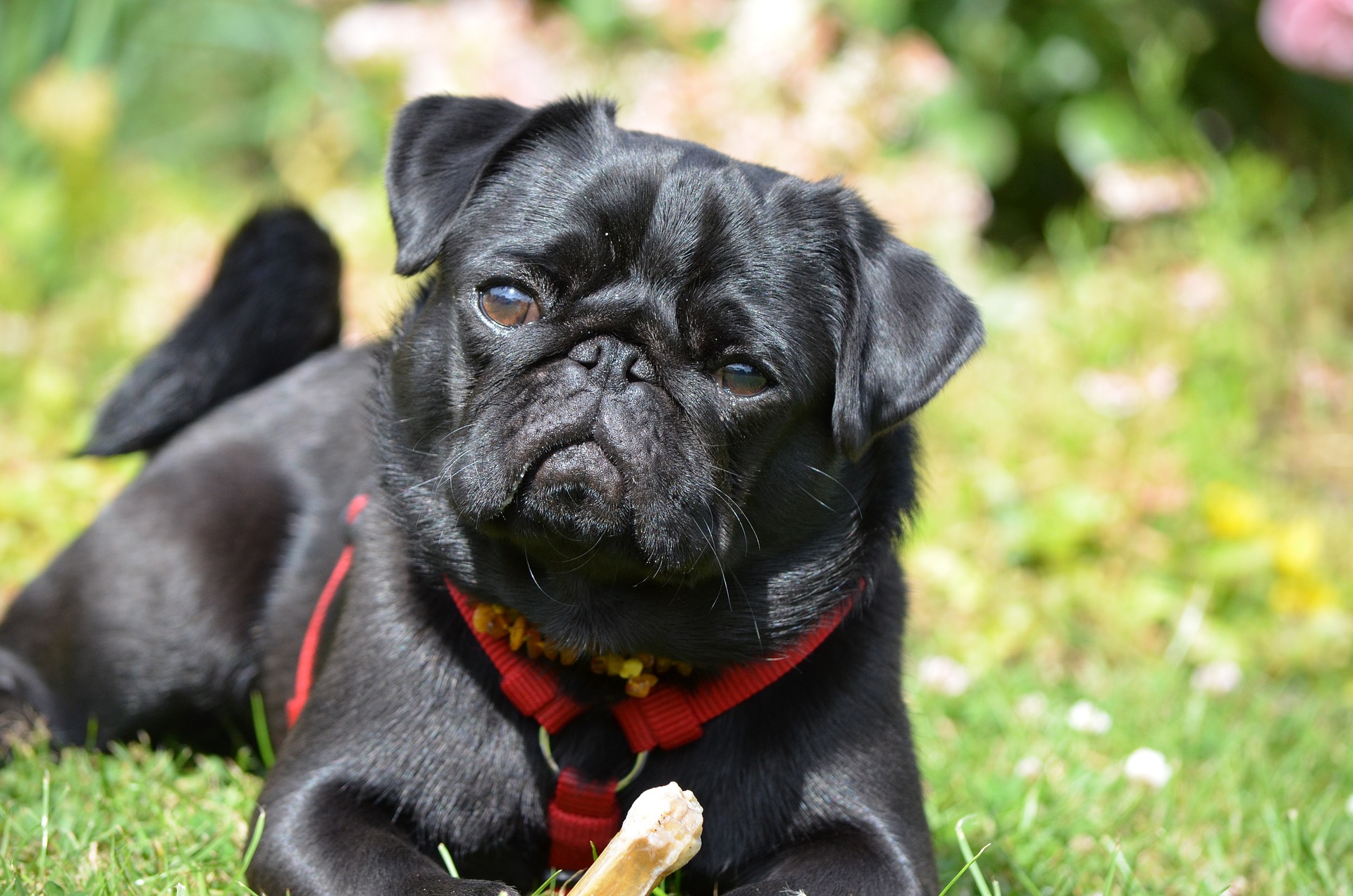
Why are Pugs the best pets?
Let us tell you why pugs make the best pets! First off, their adorable and unique looks are enough to melt anyone’s heart. They have a playful and loving personality that brings endless joy to your life. Pugs are great for kids and other pets, making them a perfect fit for families. They’re low-maintenance in terms of exercise and grooming, which is a bonus for busy households. Plus, their silly and quirky behaviour will keep you laughing all day long. From their snuggles to their loyalty, pugs are the ultimate companions, ready to shower you with unconditional love and make every day brighter.
Frequently Asked Questions
Q1: Are pugs suitable for apartments or smaller living spaces?
A1: Absolutely! Pugs are well-suited for apartment living. Their small size and moderate exercise needs make them adaptable to smaller living spaces. Just ensure they have access to regular walks and playtime to keep them happy and healthy.
Q2: Do pugs require a lot of grooming?
A2: Pugs have short coats that are relatively low maintenance. However, they do shed, so regular brushing can help minimize loose hair. Pay attention to their wrinkles and clean them gently to prevent skin issues. Routine nail trims, dental care, and occasional baths are also part of their grooming needs.
Q3: Do pugs get along with children and other pets?
A3: Yes, pugs are generally great with children and other pets. They have a friendly and sociable nature, making them excellent companions for families. However, as with any breed, early socialization and proper introductions are important to ensure positive interactions.
Q4: Are there any common health issues to be aware of?
A4: Pugs are prone to some health issues, such as respiratory problems, obesity, and allergies. Their short snouts make them susceptible to overheating, so avoid excessive heat exposure. Regular vet check-ups, a balanced diet, exercise, and proper weight management are crucial for their well-being. Consider adopting from reputable breeders or rescue organizations that prioritize health screening to mitigate potential genetic concerns.
